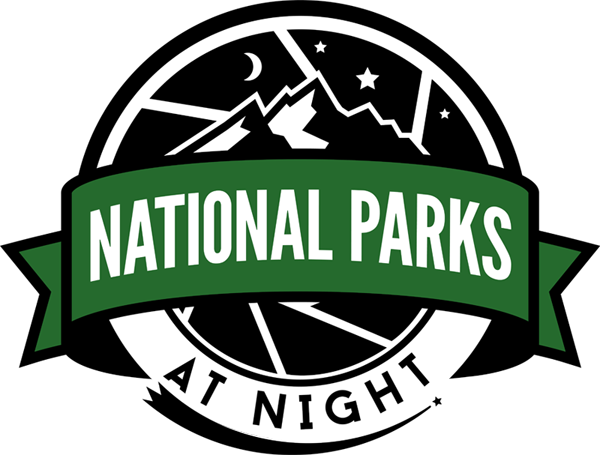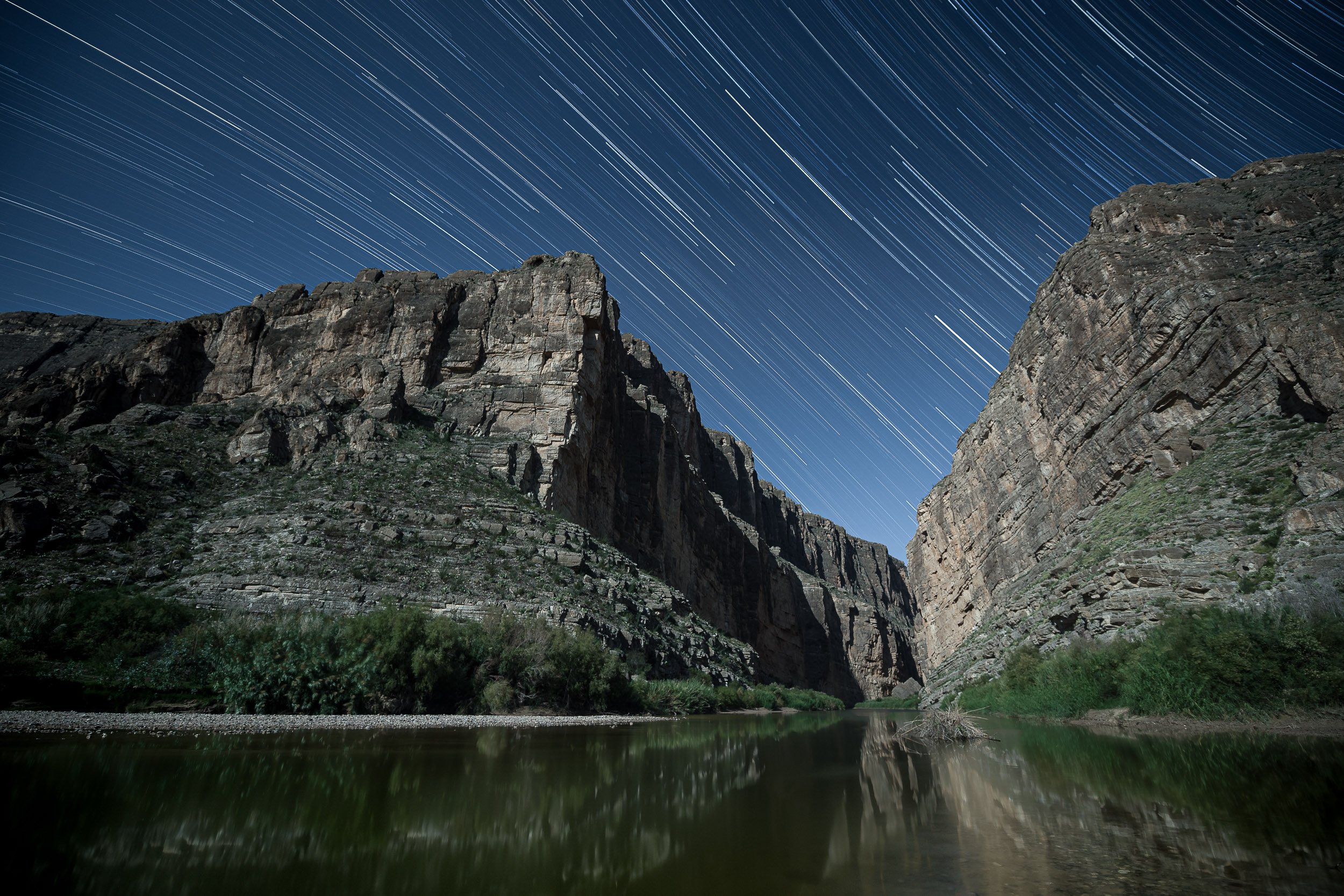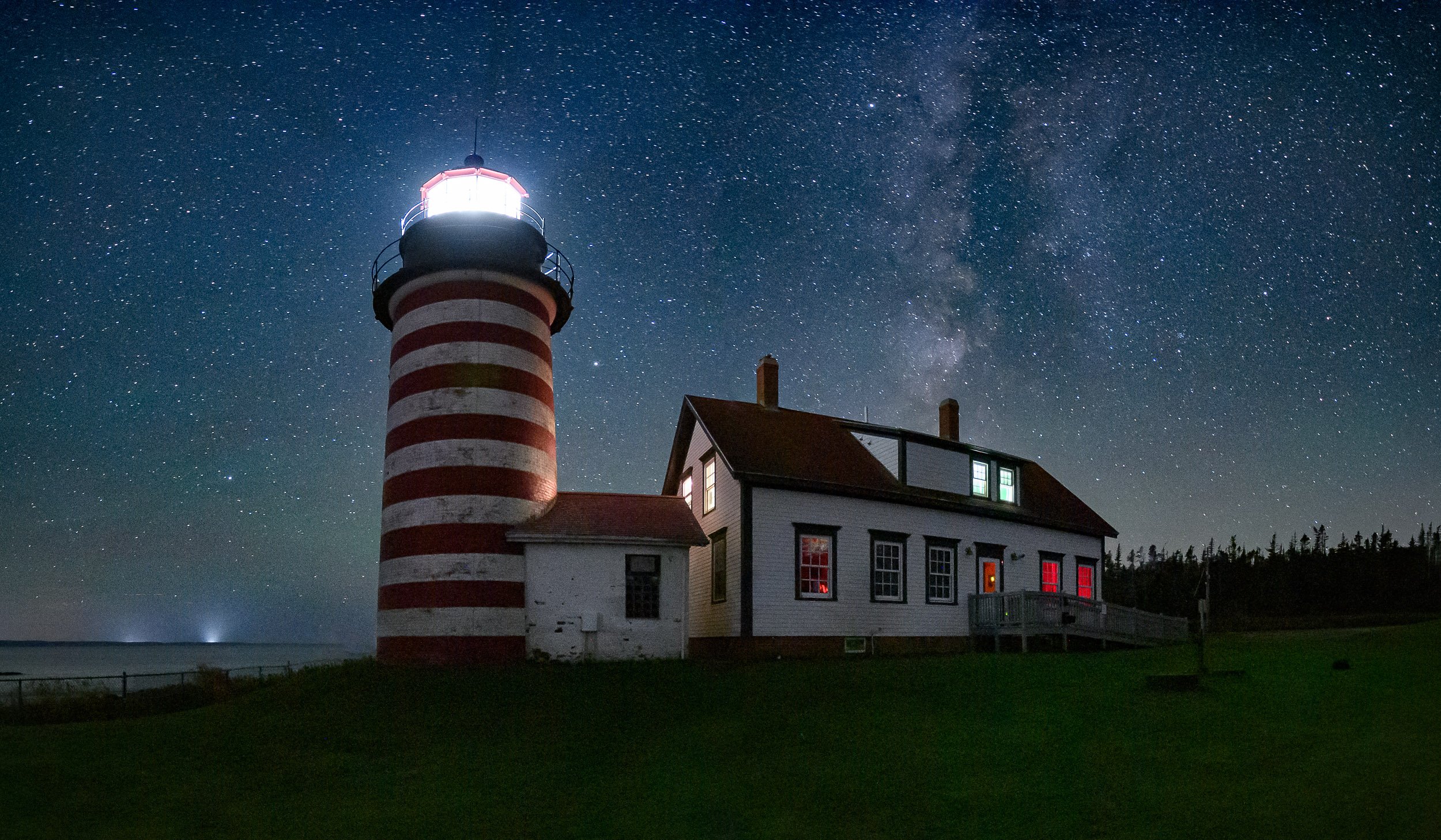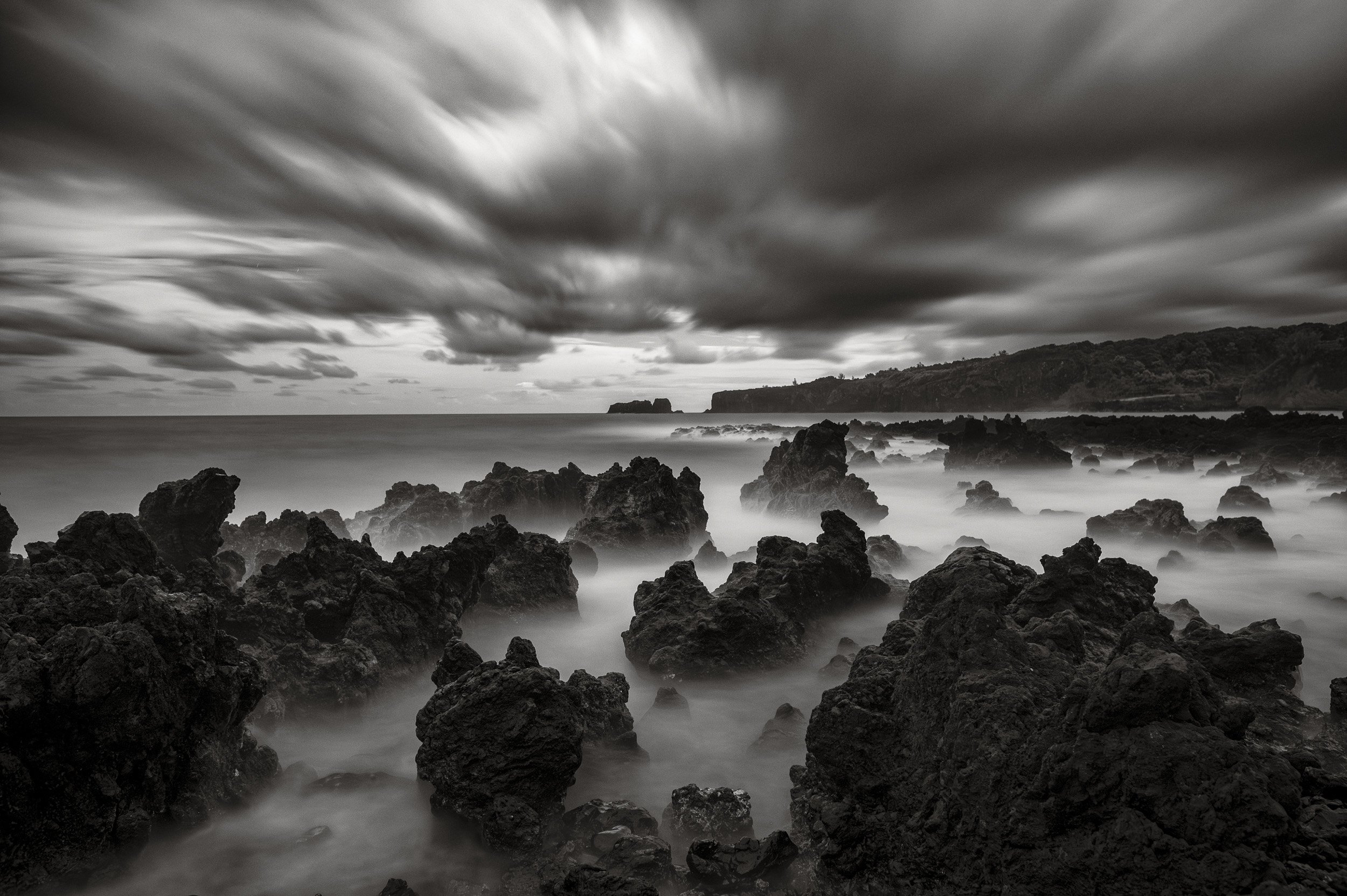Oh, the Places We’ll Go—15 Destinations for Epic Night Adventures in 2019
It’s hard to believe that we are entering our fourth year of leading night workshops to beautiful and spectacular places. But here we are, announcing our adventures for the next year.
We threw our dream darts all over the globe, from the mysterious giant stone Moai statues of Easter Island to the sand dunes of Morocco. In between, volcanoes, canyons, towers, ghost towns, lighthouses and great, smoky mountains will be our subjects under the stars.
We will also offer a trio of National Parks at Night firsts:
- our first backcountry camping adventure
- our first urban night workshop
- our first dedicated post-processing course
Oh, and did we mention we are going to Cuba and will tour the country in the very cars we love to photograph there?
So come dream with us and dedicate some time to leveling up your night visions!
Note: Several workshops have already sold out, as we announce them to our alumni and email list first. However, if that workshop truly speaks to you, be sure to sign up for the waitlist! There is no fee to do that, and we’ve had many waitlisters become happy alumni!
A Trio of Trip Types
We offer three styles of learning experiences: our Passport Series and Adventure Series, and our brand new skills development workshops.
Passport Series
At Passport Series workshops, we take you to a national park and teach you how to interpret the night sky against a variety of landscapes and lighting elements. We often have these cherished locations to ourselves and offer classroom time as well as hands-on education.
Adventure Series
At Adventure Series workshops, we take you to other fascinating natural wonders that may be on or near national and/or protected lands in in the U.S. or beyond! These workshops may have a little less “classroom” time and a bit more field time as we are constantly exploring beautiful places during the day and night.
Skills Development
In 2019 we’re introducing the skills development workshops, designed to kick up your processing power in Lightroom and Photoshop! We will guide you to get your photographs organized and looking better than ever before. It’s time to take it to the next level. Five nights and six days of skills improvement, plus a little shooting at night and then applying what you learned to those RAW files during the day.
The Amazing Destinations
You can click on any of the links below to learn a lot more about all the workshop locations. For a quick read about what each experience will entail, read on …
| Dates | Location | Series |
|---|---|---|
| January 20-25 | Post-Processing Intensive in the Catskills | Skills |
| Feb 19-March 1 | Easter Island | Adventure |
| March 20-29 | Morocco | Adventure |
| April 11-16 | Valley of Fire & Nelson Ghost Town | Adventure |
| April 21-26 | Great Smoky Mountains National Park | Passport |
| May 19-24 | Outer Banks & Cape Hatteras National Seashore | Adventure |
| June 9-14 | Bryce Canyon National Park | Passport |
| June 16-21 | Grand Canyon National Park South Rim | Passport |
| July 8-12 | Devils Tower National Monument | Adventure |
| August 5-10 | Shi Shi Beach Backcountry | Adventure |
| August 18-22 | Lassen Volcanic National Park | Passport |
| October 2-6 | Cape Cod and the Province Lands | Adventure |
| October 13-18 | Big Bend National Park | Passport |
| November 3-8 | Golden Gate NRA & San Francisco | Adventure |
| December 7-15 | Cuba | Adventure |
Passport Series
Great Smoky Mountains National Park
Join us for the gently moon-kissed cliffs, mountains, coves, riversides, preserved cabins and churches of this historically pivotal national park. From the rolling valley of Cades Cove to the peak of Clingman’s Dome, we’ll explore the mercurial and mystifying skies of Great Smoky Mountains National Park.
Dates: April 21-26, 2019
More Information: Great Smoky Mountains National Park
Bryce Canyon National Park
In the surreal and vast expanses of the Utah landscape, we will spend a magical week exploring the otherworldly hoodoos of Bryce Canyon National Park. The crimson, orange and yellow rock spires make the perfect foreground for our night photography.
Dates: June 9-14, 2019
More Information: Bryce Canyon National Park
Grand Canyon National Park South Rim
It’s one of the greatest natural spectacles in the world. Join us in our first year of exploring the many layers of the Grand Canyon. Our focus during the 100-year anniversary of the park will be the popular South Rim. Known for its spectacular sunrises and sunsets, this workshop will emphasize many ways we can interpret the rim—from long exposures to panoramic and time-lapse techniques. We will also prove that the Grand Canyon is much more than a “rim shot.” We will seek the many traces of humankind that can be found along the canyon: Native American ruins, historical buildings and woman-made structures.
Dates: June 16-21, 2019
More Information: Grand Canyon National Park South Rim
Lassen Volcanic National Park
Lassen Volcanic National Park is home to steaming fumaroles, meadows freckled with wildflowers, clear mountain lakes and all four different types of volcanos. Jagged peaks tell the story of its eruptive past while hot water continues to shape the land. Lassen Volcanic National Park offers opportunities to explore and photograph a majestic landscape that is distinctly a part of the American West.
Dates: August 18-22, 2019
More Information: Lassen Volcanic National Park
Big Bend National Park
Big Bend National Park is pretty raw country. It’s also pretty. Especially in the right light, and double especially at night. All the rock formations, all the canyons, all the mountains and valleys and dirt roads and ruins—all sit under some of the quietest and darkest night skies of North America. The landscape is at once harsh and beautiful, at once hard and delicate, at once tough and mesmerizing. And we’ll be there to capture it all under the October stars of Texas.
Dates: October 13-18, 2019
More Information: Big Bend National Park
Adventure Series
Easter Island
Few places on earth are as mysterious or compelling as Easter Island. The giant stone figures known as Moai oversee this remote island 2,200 miles off of the coast of Chile. Most of Rapa Nui, as it’s known to the locals, is a national park. Not only is it hard to get to here, but it is notoriously difficult to access the park at night. In February of 2019, National Parks at Night will be taking 10 lucky people to do just that.
Dates: February 19-March 1, 2019
More Information: Easter Island
Morocco
Morocco is a land of large bustling cities, tranquil seaside towns and remote mountain villages. Our photo tour avoids the major cities in favor of smaller, quiet places away from most of the tourists and tourist traps. The port city of Essaouira, the kasbah at Ait BenHaddou and glamping in the Sahara desert will be the highlights of our adventure.
Dates: March 20-29, 2019
More Information: Morocco
Valley of Fire & Nelson Ghost Town
Join us for the broad, red mountains, valleys and arches within Valley of Fire State Park and the abandoned wonderland of the Nelson ghost town. We’ll explore having fun with light and stars in these desert jewels of the American southwest.
Dates: April 11-16, 2019
More Information: Valley of Fire & Nelson Ghost Town
Outer Banks & Cape Hatteras National Seashore
The Outer Banks—what a name, and what a place! Home to tasty crab cakes, the honored ground of first flight, pristine national seashore and perhaps the most iconic lighthouse in the United States. And at night, when you look up, oh my! You take in the stars and the Milky Way in that incredible Atlantic darkness while the ocean breezes tousle your hair and bring salt to your lips. And beneath it all, a camera and a tripod, capturing the majesty of what this special place offers.
Dates: May 19-24, 2019
More Information: Outer Banks & Cape Hatteras National Seashore
Devils Tower National Monument
Join us to explore the strange stone mountain of America’s first national monument. Revered by Native Americans in folklore, shrouded in mystery, we’ll explore the mercurial skies of Devils Tower.
Dates: July 8-12, 2019
More Information: Devils Tower National Monument
Shi Shi Beach Backcountry
Shi Shi Beach is a remote photographer’s paradise, reachable by six miles of round-trip hiking, plus a little more to reach nearby Point of the Arches. We will hike first to Second Beach for a warm-up night of camping and photography, then to Shi Shi for a two-night, three-day, adventure among the stars and the starfish, the sand and the sea stacks. We will photograph ebbing and flowing ocean waters, tidal pools, Pacific sunsets, and of course the Milky Way and the beautiful Olympic night skies.
Dates: August 5-10, 2019
More Information: Shi Shi Beach Backcountry
Cape Cod and the Province Lands
Cape Cod’s Province Lands comprise a captivating collection of simple scenic wonders. Ponds. Beaches. Sandy dunes. Pine forests. Lighthouses. Old dune shacks. Cranberry bogs. Atlantic waves cascading onto the coast. These old shores hold countless treasures for the night photographer. We’ll explore them all, and more of what Cape Cod offers, during one of the peak of the region’s finest season: a New England autumn.
Dates: October 2-6, 2019
More Information: Cape Cod and the Province Lands
Golden Gate National Recreation Area & San Francisco
Like a beacon at the end of the world, San Francisco’s diverse land and skyscape will guide our exploration into our first urban workshop. We will focus our lenses on the winding streets and bright city lights, but also explore the coastline, bunkers, bridges and ruins that intersect the beautiful Bay Area. We will challenge you to re-interpret the city with a multitude of long exposure and processing techniques that will leave you with a unique and fresh view of The City by the Bay.
Dates: November 3-8, 2019
More Information: Golden Gate National Recreation Area & San Francisco
Cuba
On this photography and cultural tour you’ll experience the best of Cuban culture on an island with photo opportunities everywhere you look. In Havana we’ll explore life in the streets both day and night, plus the vibrant art and music scenes, architecture, people and cuisine. We’ll road-trip to Las Terrazas and Viñales Valley (a UNESCO World Heritage Site) to photograph Cuba’s magical landscapes. This boutique tour will give you access to Cuban experiences you’d never be able to create on your own. All you’ll need is an adventurous spirit and flexible mindset (it’s Cuba!).
Dates: December 7-15, 2019
More Information: Cuba
Skills Development
Post-Processing Intensive in the Catskills
You’ve spent a lot of time building your camera skills and honing your photographic vision. Now it’s time to take it to the next level. Post-processing has become an integral part of nearly every discipline of photography. Just as the black and white photographers of the 20th century were able to creatively interpret their work in the darkroom, we can now use modern technology to enhance our photos, and even to create images that were impossible only a few short years ago.
Dates: January 20-25, 2019
More Information: Post-Processing Intensive in the Catskills
But Wait, There’s More!
Don’t see the perfect fit for your schedule or location? In the coming months we will announce our 2019 Ambassador Series destinations with our partners at Atlas Obscura, Rocky Mountain School of Photography, and a brand new partner whose name we’re not yet mentioning. (Hint: It’s big.)
Also, remember to always monitor our Speaking Engagements page. We give lectures and photo walks in the New York City area and all over the country. And if you want us to come directly to your camera club or meet-up group, feel free to contact us. (Click here to see what we can offer.)
We also offer one-on-one tutoring in-person or via videoconference that can help you build your portfolio, organize your images or give you targeted, individualized education to elevate your photography skills.
Finally, we’d like to express a deep thanks to all our alumni—the 300 fine photographers who have accompanied us over the past 2.5 years to wonderful night photography locations such as Acadia, Biscayne, Capitol Reef, Dry Tortugas, Death Valley, Redwood, Zion, Great Sand Dunes, Cape Cod, Centennial Valley and more. We appreciate you so very much.
Do you want to see their work? Check out this playlist of all the workshop slideshows. Want to see some of their accomplishments? Check out our Alumni Spotlight.
Seize the Night
2019 will have 365 nights. Which will you be spending with us? Sign up today to #seizethenight!

























